How to Adopt a Cat
June was kitten season, Now it’s time to adopt those kitties, but a process is involved to make the transition a success.
How to Adopt a Cat
One day in the Animal Shelter cat room, I realized that letting a dozen felines out to play is like free play in a day care. The new kids have to find their way into established social circles. Little kids have to deal with bullies. Then there’s the kid who lingers somewhere out of the way, glaring at anybody who comes near. Everybody struggles to share the toys as well as the space. Cats go through similar processes, but we volunteers socialize them so they can live successfully with humans.
For many months, I had seen cats come and go from the D.A.W.G Cat Room (Douglas Animal Welfare Group). I wanted to adopt a few, but often missed the opportunity when someone swooped in before I could take them home. One favorite cat was literally torn from my arms and crammed into a carrier.
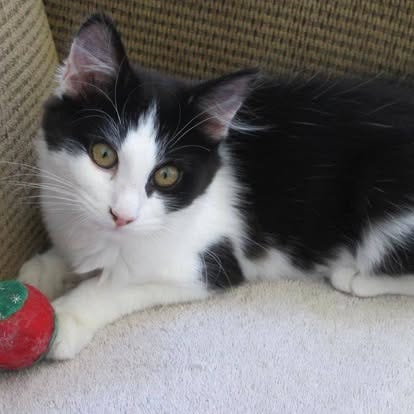
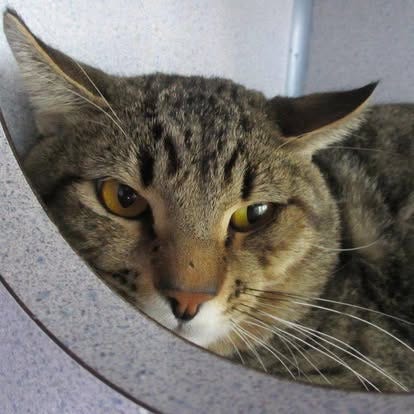

These were our success stories, but some kitties didn’t fit some people’s expectations. What a pleasure it was to see little Cinder get adopted. She was a shy little cat who sometimes hissed when I reached into her kennel. Someone, though, had apparently fallen in love with her. I would miss her, but I was also happy for her.
A week later, however, she returned to her kennel. Animal Control Associate Karin Klug relayed the adopter’s complaint: “All she did was hide.” Klug’s face showed dismay as well as irritation.
“People need to learn how to introduce a new cat to their homes. There’s a process. People have to give cats time to adjust.”
This reminded me how I allowed my cat, Charlie, an entire month to hide in the utility room. Eventually, I pulled him from his hidey-hole and cuddled him under the bed covers. That broke the ice, but some cats need even more time than that.
When you adopt a shelter cat, you will be more successful if you just follow these few guidelines:
Prepare a Space Just for Them
When Klug brings a new rescue into the Cat Room, she advises volunteers to leave it alone for the first day. It is terrified by recent upheavals. That same is true when the cat is placed in its new home.
\Before going to the shelter, prepare a room, preferably one separate from the roiling activities of children and other pets. Set up food and water bowls, a cat bed, litter box, and any other cat items.
Limit Family and Animal Access
Allow family and pets to visit on a limited basis until the cat becomes comfortable with them. If dogs are a problem, deny them access completely. A baby gate is a handy barrier. The cat can jump the gate, but most dogs can’t. Close the door if a persistent dog becomes a nuisance.
Give It Time and Brief Contact
Remember how long it took you to integrate when you moved to a new town? Animals also need time to meet their “roommates” and learn the layout of the house. Give the cat as much time as it needs to explore. A weekend is not enough.
At the shelter, I spend a few minutes one-on-one with each cat, sitting quietly on the couch petting the cat until it gets restless. Then I let it jump off to go where it wants. Sometimes, that’s straight back to its kennel. Other cats begin playing with others in the room. By letting it go, I’ve told the cat it still has autonomy.
Respect the Cat’s Personality
Every cat is different. Some are loners who want to be the household Alpha. Others adjust quickly, learning that other pets and children are fun to play with and won’t harm it. Then there’s the sensitive, shy cat who does not trust its environment. These cats will take careful handling to learn they are in a comfortable place.
Get Information About the Cat
Part of the adoption process is to find out if the cat has trouble with dogs or children. Volunteers can tell you all about their experiences socializing the cats in their care.
Vet techs and volunteers see them when they are frightened, insecure, and in a transitory situation. Sometimes the cats have come from abusive or harsh situations. Change is a cat’s enemy, so negative behaviors will come out at first. Surprises happen when a shy cat, such as Sparky, pictured above, suddenly changes from a solid brick in our laps to a bouncing Tigger, showing off for adopters.
If you want a cat that has no or few personality flaws, kittens are the best bet. Sometime, though, they will scratch and bite, even in play. Like human children, they need to learn acceptable behavior in your household.
Adult cats display a variety of personalities based on their natures and life experiences. Just like humans!
Mellie was a two-year-old tabby who insisted on being left alone to sun herself on the window sill. More than a couple of strokes on her back and she would nip or scratch. Then one day, a man looked into her kennel. She immediately responded with interest, curling around the man’s neck. We’ve never seen her “work the room” like that. The tragedy came when his landlord refused to let him adopt her. Sadly, it was an unrequited match made in heaven.
Another troubled cat was Saul who would climb to the highest, most unreachable place in the Cat Room to snooze. He finally bit someone badly enough to be put in quarantine. Such cats do better patrolling your barn.
Since Cinder returned to the shelter, her kennel connects with Missy’s, who is much more out-going. Missy loves to play and cuddle and be petted while Cinder still hangs back. Both Cinder and Missy are not yet a year old, but their personalities have already formed. Missy will probably merge faster into a family, but even so, she too will need a period of adjustment.
I finally succeeded in adopting a cat. Two Norwegian Forest cats came in from a man whose new landlord refused to let him keep these five-year-old roommates. The grey cat found a home within a week, but Tar languished in his kennel for nearly a month. Whenever I pried him away from the back wall, he pressed into my chest for comfort. I fell in love and grabbed a carrier.

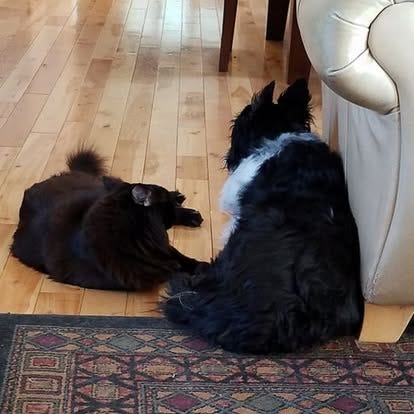
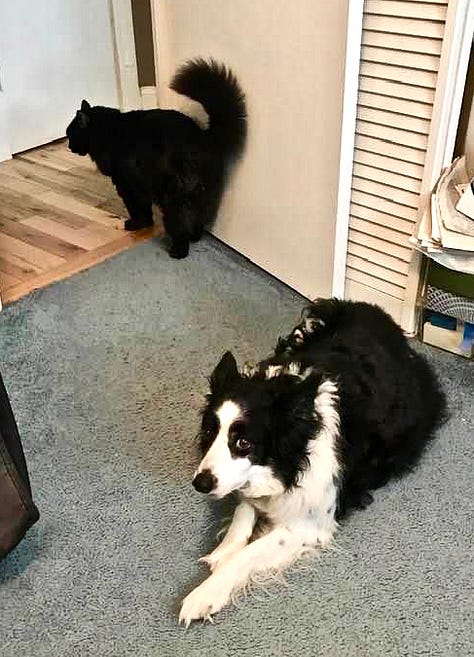
I set up a special room away from our skitzy Border collie, Cinch. At sixteen pounds, Tar … later to become Buda … was big enough to stand up to this frenetic dog. I installed a baby gate to keep Cinch out of the room, but after a few days, Buda decided to explore beyond this barrier. The gate crashed to the floor, scaring the bejesus out of Cinch. Buda stood in the hallway, pleased by the noise he had created. The intimidation established their future relationship.
When Buda discovered the outside world, the neighborhood toms clarified his place in the street hierarchy. The fenced backyard became his private domain. Within a year, this shy and reticent cat became a legend in his own mind, confident and delightfully devious with the dog. He still liked to press into my chest for a snooze and gave my husband more affection than he had ever received from a feline.
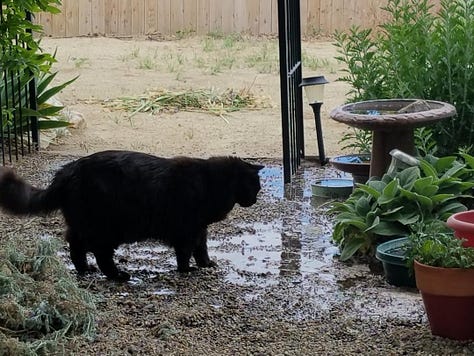


Buda remained with us until his death. I miss him terribly and have no wish to replace him. His integration into our home with a cattle dog was successful because we gave him space and time to settle into the routine. It took almost a year before his regal arrogance fully revealed itself.
So, if you want to adopt an cat, remember how much time it took you to adjust to a new life phase. When did you start feeling like you were finally home. It’s the same with cats.
Please, don’t adopt an animal as a gift. The holidays are crazy enough for people.
If you enjoyed this post, feel free to explore other writings in the Ring Around the Basin Archive. I also love to read your comments, so please share your thoughts. Let’s start a conversation. And if you wish to support my writings, please consider subscribing or upgrading to a paid subscription. It’s now only $50/year. Even better, I would appreciate it if you could share Ring Around the Basin with your friends. Thank you!
You might like to check out my books on Amazon. Ghost in the Forest is the only hard-copy format available, but all three can be downloaded on Kindle for less than $10. In fact, Paradise Ridge, currently out-of-print, has been re-edited for Kindle and is a better product.





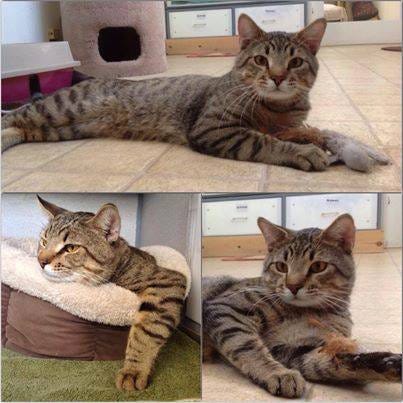

Oh Sue, this was fascinating and instructive... and I'm not even a person with pets! I learned so much - thank you.
I'm one of those who dislikes change and needs ages to settle down anywhere. I wonder now if I'm actually part feline? x
Great advice, beautifully written and heartwarming photos to illustrate! You first hand experience is invaluable to would-be adopters.